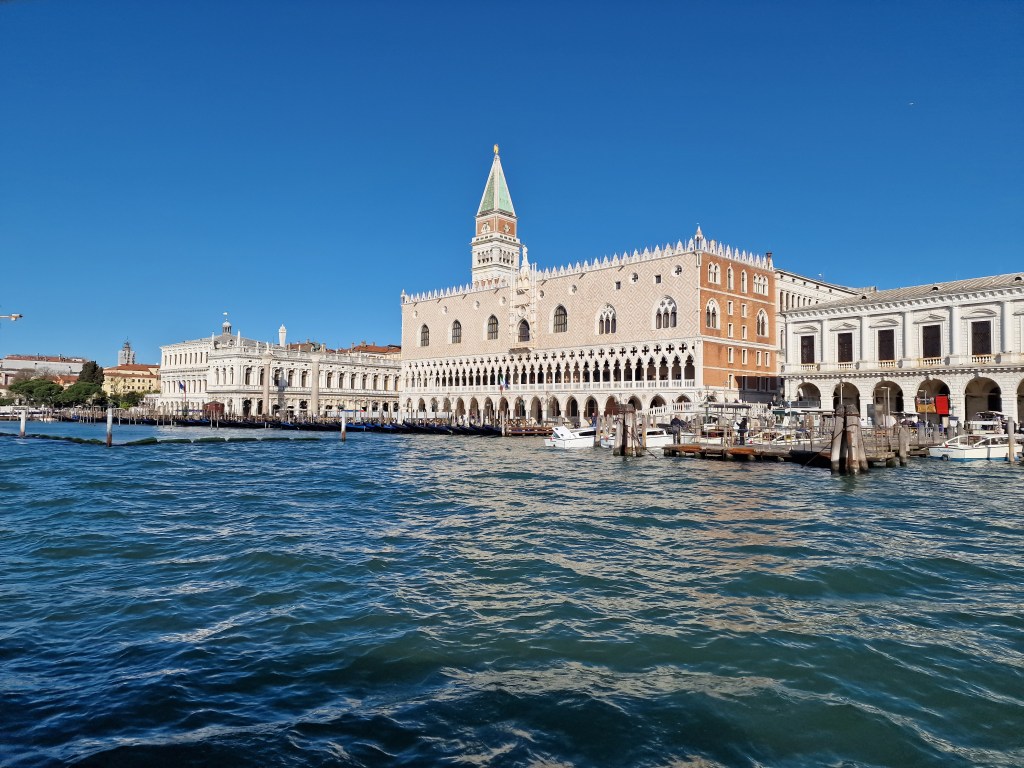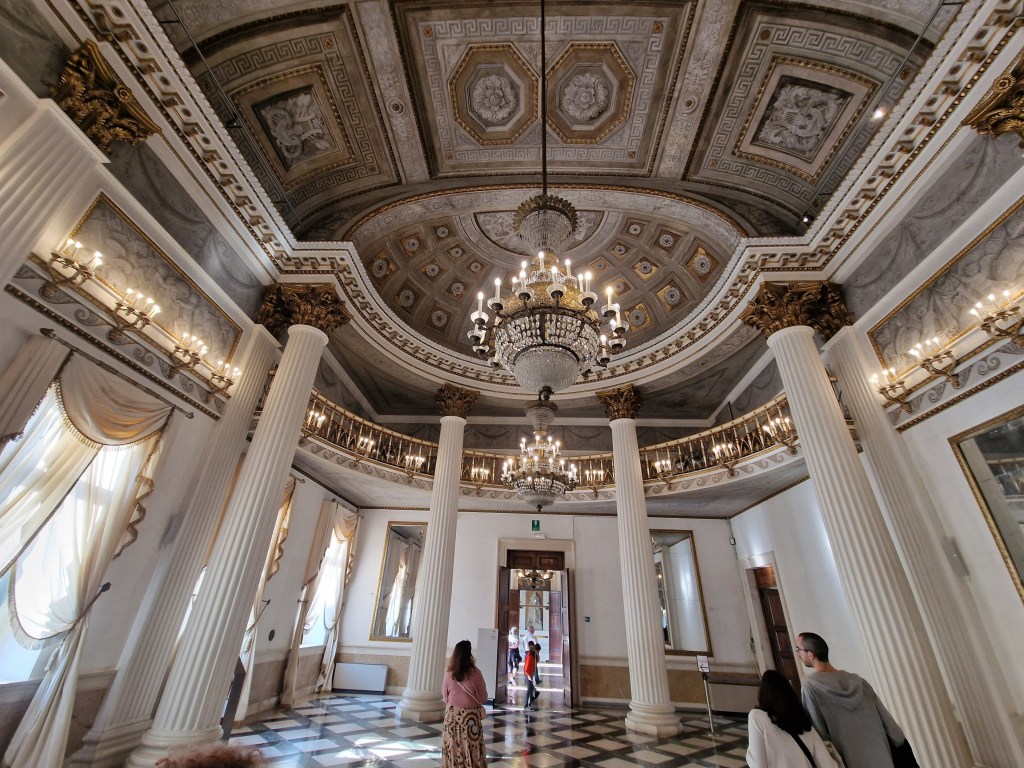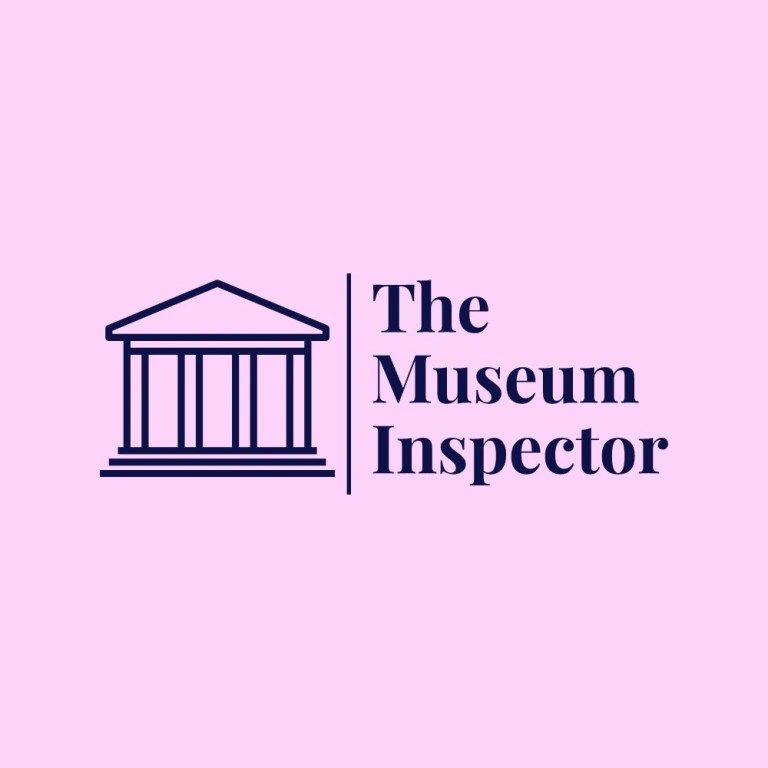This year I was fortunate enough to finally realise my dream of travelling to Venice. One of the main attractions for me was the Peggy Guggenheim Collection. However, I also purchased a Museum Pass for 40 euros which admitted entrance to the Civic Museums of Venice. These are a group of 11 museums which are a part of the ‘The Fondazione Musei Civici di Venezia’, a foundation committed to enhancing and enriching the city’s cultural heritage. Whilst I didn’t get around to seeing all of them, I visited a fair few over the two days I was there. This article covers the first day of exploring.
The Peggy Guggenheim Collection


Founded in 1951 and housed in the Palazzo Venier Dei Leoni on the Grand Canal, the collection is the amalgamation of Peggy Guggenheim’s life time of art patronage. A Socialite with a strong love of Surrealism, Cubism and Abstractionism, she added many significant artworks to her collection during her life including works from Salvador Dali, Yves Tanguy, Max Ernst, Wassily Kandinsky and Marc Chagall. She exhibited these artworks to the public during her life and, upon her death in 1979 the house remained open to the public.
As mentioned above, visiting the collection has been a life-long dream of mine and it’s actualisation did not disappoint. Whilst the house itself is small, the walls were jam packed with works from some of my favourite artists. The collection is a must see for anyone with a love of modern art movements. There is also a small sculpture garden and café to enjoy, especially on a nice sunny day.
For more please see my past post: Peggy Guggenheim: Saviour of Modern Art
The Doge’s Palace
Built in 1340, the Doge’s Palace is a beautiful example of Venetian Gothic Architecture though many modifications have been made over the years. It formerly worked as the residence of the Doge of Venice, a supreme authority who presided over the Republic of Venice, which was an independent sovereign state from 679AD until 1797. The Palace became a museum in 1923.
Starting in the courtyard, I took time to explore the architecture. The giant’s staircase was one of the standouts due to the two statues of Mars and Neptune who guard it. Created by Sansovino (b.1486 – d.1570), they are symbolic of Venice’s naval and land power and make quite a striking pair.

After spending some time admiring them, I moved through the Institutional Chambers. Spanning over two floors, each room had a particular function within the government and was designed in a way to reflect this. For example, built in the 14th century, the Chamber of the Great Council was the meeting place of male members of aristocratic Venetian families over the age of 25. These men made up the most powerful political body in the republic and where able to oversee all other areas of government as well as hold any questionable decisions made by them to account. The opulent design of the room reflects this with a fresco designed by Guariento di Arpo (b.1310 – d.1370). Works were added by the likes of Bellini (b.1430 – d.1516) and Titian (b. ? – d.1576) over the years. It is also one of the largest rooms in Europe. Subsequent rooms that make up the Institutional Chambers are no less impressive, each coming with clear interpretation of the room’s purpose and history. After marvelling at these rooms, I took a journey to the prison which is joined to the Doge’s Palace by the Bridge of Sighs. Visitors can take the opportunity to peer out from the bridge as they walk through! The voyage through one of Venice’s most historically significant buildings ends in the Armoury which shows off an impressive array of weapons.
Museo Correr and the Monumental Rooms of the Biblioteca Marciana
These museums are housed in the Napoleonic Wing of the Procuracies. It is one of three connected buildings that run along St.Mark’s Square. The first building (the old procuracies) was built between 1514 and 1538 in the Early Renaissance style, the second (the new procuracies) between 1583 and 1660 in the High Renaissance style. The Napoleonic wing was later added between 1807 and 1815, when Venice became part of the Kingdom of Italy under Napoleon Bonaparte I (b.1769 – d.1821).

Designed by Giovanni Antonio Antolini Guiseppe (b.1756 – d.1841), visitors start in the marvellous neo-classical rooms before being introduced to works by sculptor Antonio Canova (1757 – 1822). The first floor of the museum also consists of twenty rooms which formally housed important civic authorities in Venice. The rooms are now utalised to present various aspects of the life and culture of the Venetian Republic before it was invaded by Napoleon. Standouts were, the Pisani Library in San Vidal, The Arsenal and the ‘Correr Service’ a collection of ceramics.
These lead on to the Monumental Rooms. Whilst formally used as a library, these rooms don’t actually have books in them! The library was built by Jacopo Sansovino (b. 1486 – d.1570) in the 16th century. It initially held the books donated to St. Mark’s in 1468 by Cardinal Bessarion (b.1403 – d.1472). Known as one of the most learned scholars of his time, Bessarion amalgamated one of the most extensive collections of Greek manuscripts. He ensured that many were also translated into Latin which made them accessible to the Western world. It took decades for the Republic of Venice to find a suitable home for them. The creation of the Monumental Rooms resolved this issue. However, they were re-homed to the Zecca building in 1904. Today, the rooms can be viewed and admired by the public.

Conclusions
Our first day in Venice was a treat. Whilst my main motivation for going to Venice was to see the Peggy Guggenheim Collection with my own eyes, the civic museums did not disappoint (obviously). They present the rich and detailed history of Venice and it’s people through a variety of art, objects, architecture and more. My next article will cover our second day of civic museums which will include the Ca’ Pesaro (The Museum of Modern Art) and the Cà Rezzonico. For more on the Civic Museums of Venice, please visit their website.
If you like what you see please follow me on my instagram. Here is a selection of my resent posts below!

Leave a comment